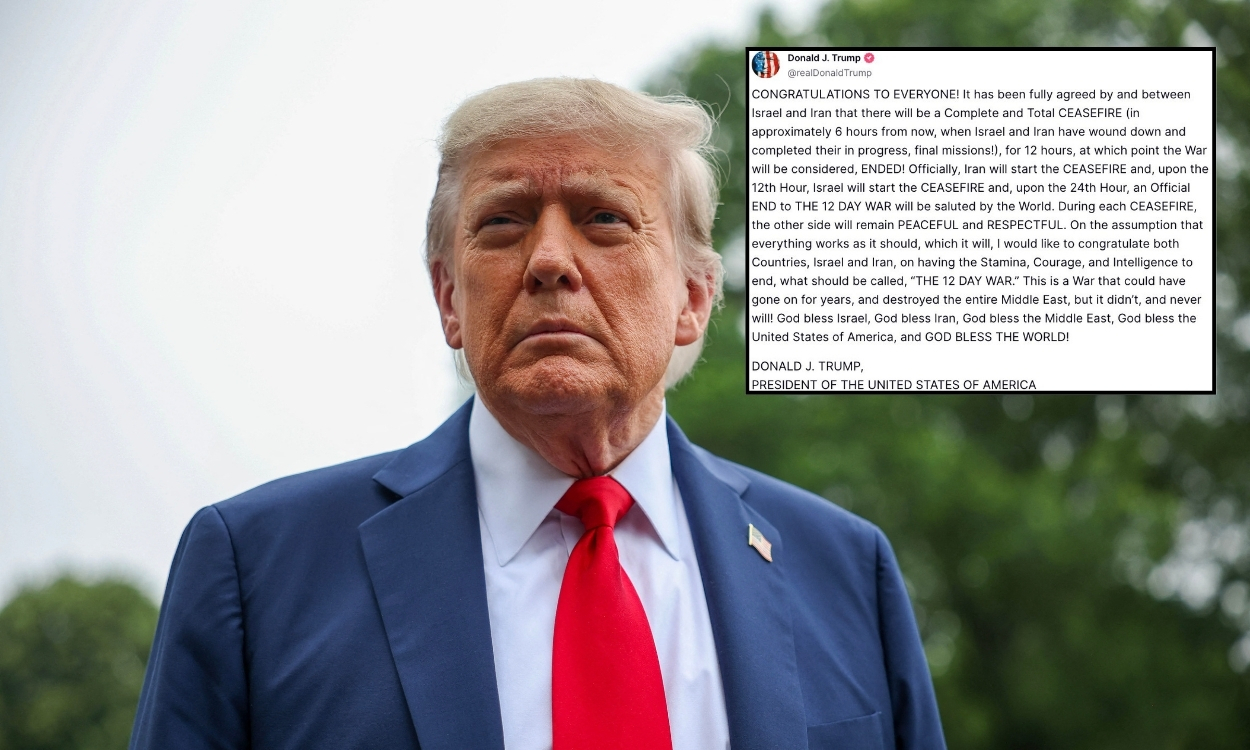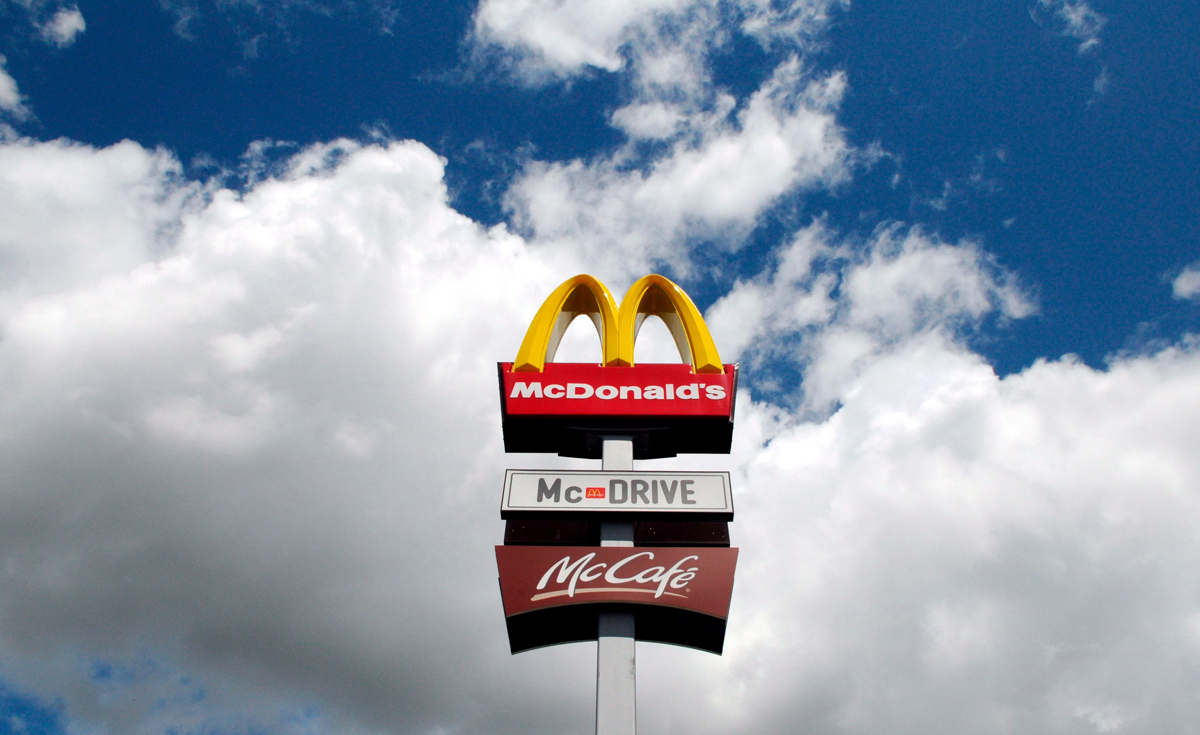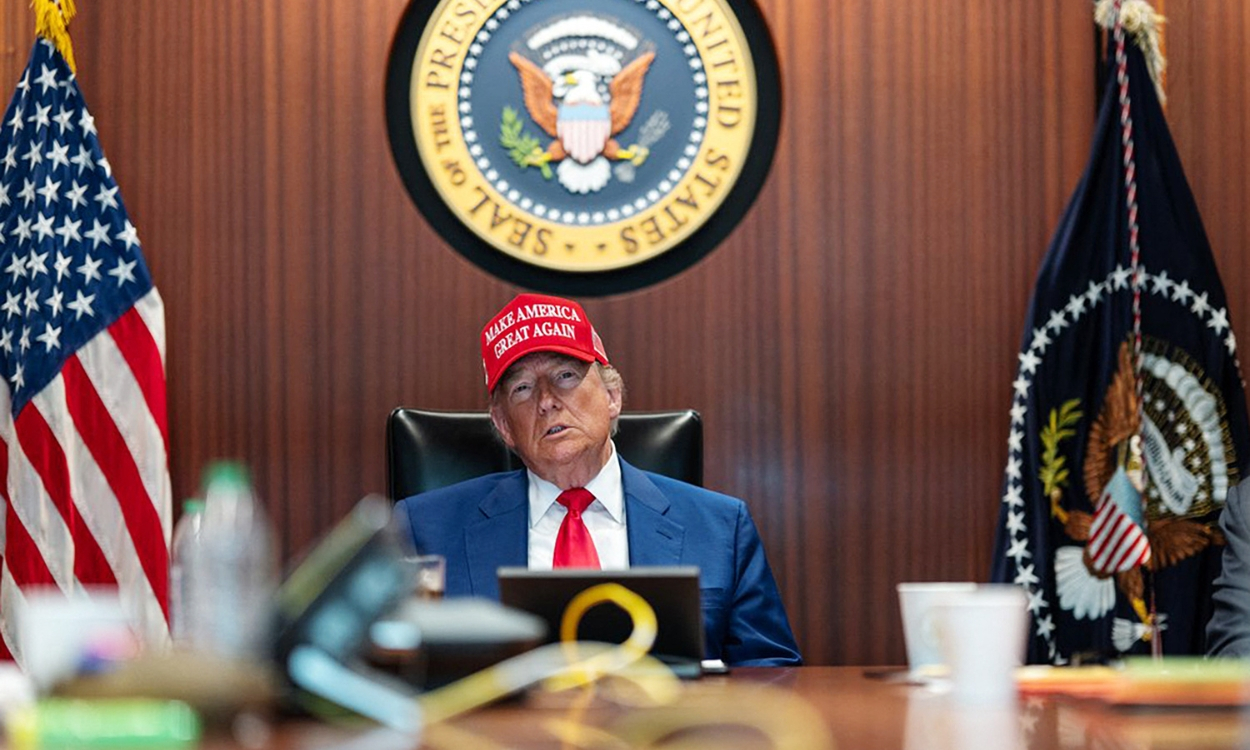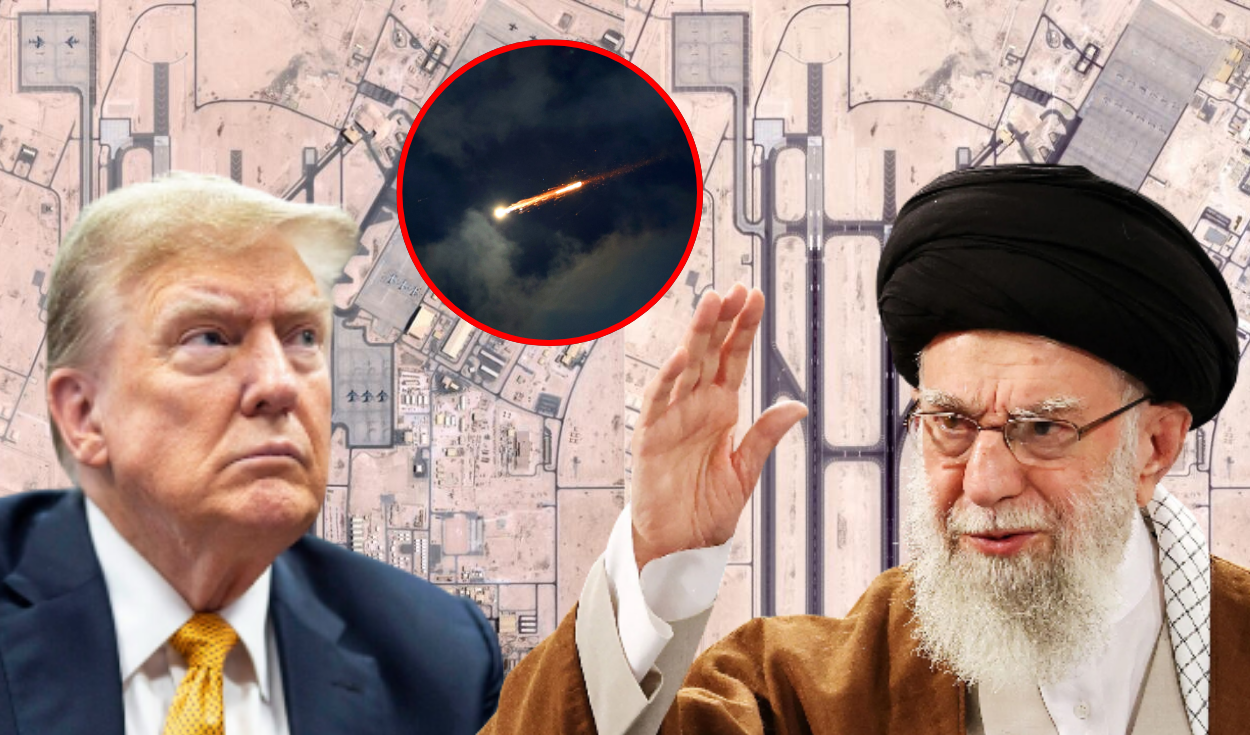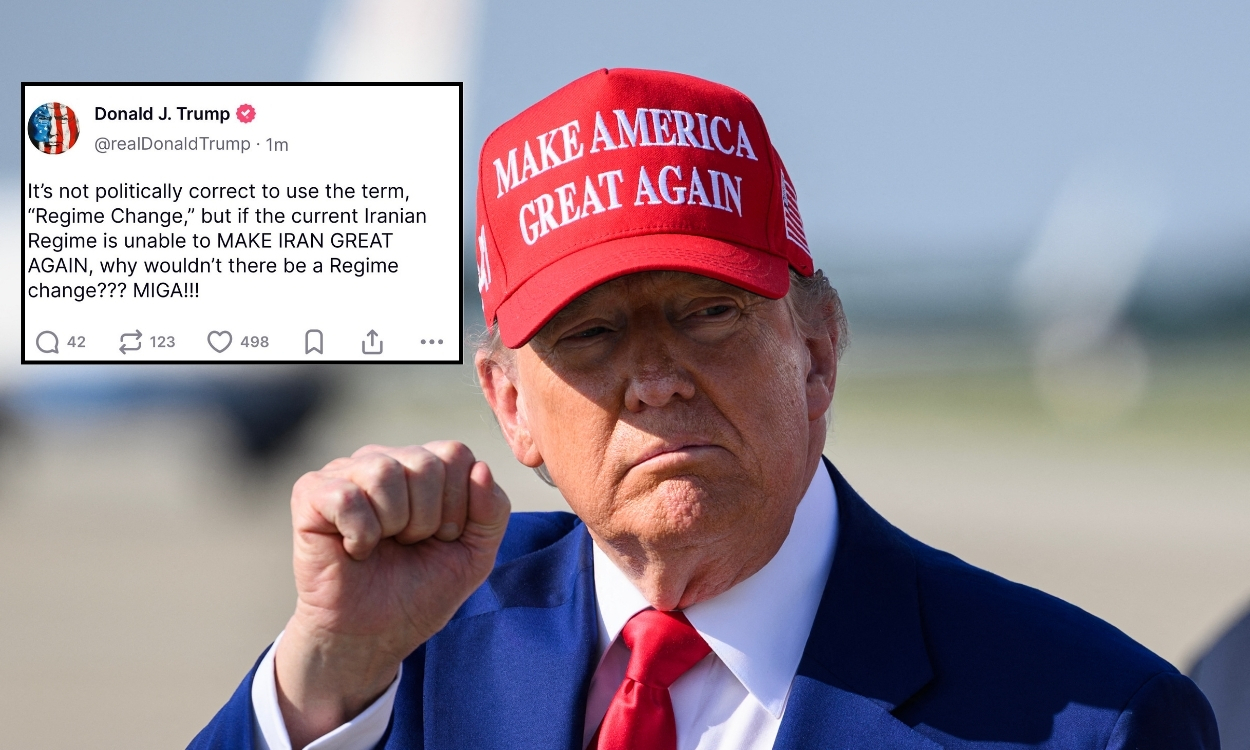This Liberty Head Nickel could be worth over $74.000: One of the most valuable Coins in America
Discover why the 1885 Liberty Head Nickel is considered one of the most valuable coins in America. It can sell for over $74,000 in the right condition.

The 1885 Liberty Head Nickel is one of the rarest and most sought-after coins in American numismatics, with a history that makes it a valuable treasure for collectors. With a limited production and a unique design, the 1885 Liberty Head Nickel continues to capture the attention of enthusiasts and investors alike.
For coins collectors, what it makes the 1885 Liberty Head Nickel valuable, it is a rarity. Only over 1.4 million were minted at the Philadelphia Mint, which makes it one of the rarest coins in the entire series. Designed by Charles E. Barber, it features the figure of Liberty, adding historical and cultural significance in the United States.
Why is the 1885 Nickel valuable in America?
The 1885 Liberty Head nickel stands out for a key feature: its limited production. According to the Professional Coin Grading Service (PCGS), just over 1.4 million were minted at the Philadelphia Mint, making it one of the lowest mintage coins in the series produced between 1883 and 1912.
The limited number of these coins makes them rare, especially in their original condition. Unlike other years when mintages surpassed 10 million, and sometimes even reached 30 or 40 million, the 1885 edition remains one of the rarest, with only the 1912-S version being more scarce.
How to identify a valuable 1885 coin?
The design of this series was created by Charles E. Barber, the Chief Engraver of the U.S. Mint. The front of the coin features a profile of Liberty, surrounded by 13 stars representing the original states, and the year of minting at the bottom. The reverse shows the Roman numeral “V” for five cents, along with the inscriptions “E PLURIBUS UNUM,” “UNITED STATES OF AMERICA,” and “CENTS.”
Other factors that increase the coin's value include:
- Mintage: Low mintage increases collector demand.
- Condition: Coins are graded on a scale of 1 to 70, with a higher score indicating better preservation.
- Minting Errors: Factory anomalies such as misalignments or irregular marks can raise the coin's price.
- Visual Appeal and Luster: A coin’s aesthetic quality influences its final valuation.
Most known examples of the 1885 nickel are graded MS64 (Mint State), according to PCGS. Coins with an MS66 grade are rarer, and only one MS67 coin has been identified, which is considered the most valuable in this category.
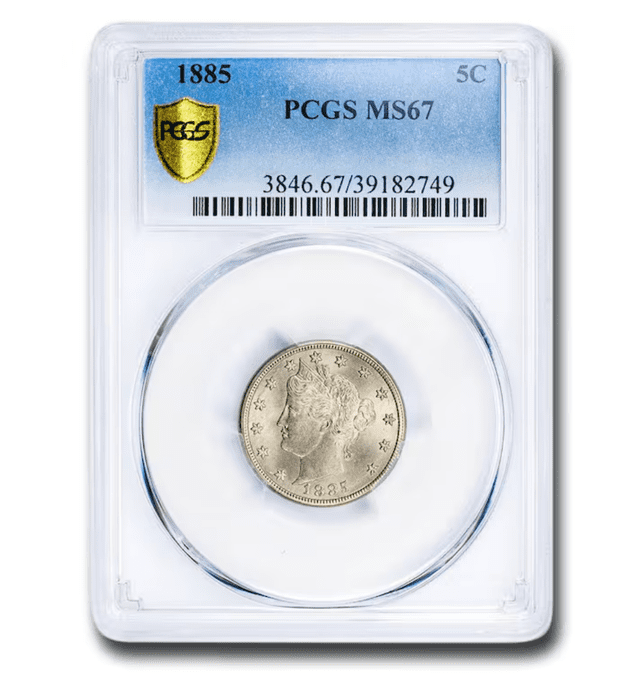
The 1885 Liberty Head Nickel is highly sought after by collectors and investors. Photo: PCGS
How much is an 1885 coin worth it?
The value of the coin varies greatly depending on its condition. A certified MS67 example was sold for $74,750 in an auction organized by American Numismatic Rarities. This reflects the high demand among collectors for unique and well-preserved pieces.
Numismatic Grading Scale Experts use five main criteria to classify coins:
- Strike or Minting: Accuracy and clarity of the design.
- Surface Preservation: Absence of scratches or marks.
- Luster: Retention of the coin's original shine.
- Coloration: Natural tones without alterations.
- Visual Appeal: The overall impact the coin has on a collector.
These factors standardize quality and facilitate buying and selling in the specialized market.
The Liberty Head coin series was produced from 1883 to 1912. Starting in 1913, the design was replaced by the Buffalo Nickel (also known as the Indian Head Nickel).
Although there were no official Liberty Head coins minted in 1913, five pieces from that year appeared later, sparking considerable excitement. It is believed these were unauthorized coins struck at the Philadelphia Mint.



